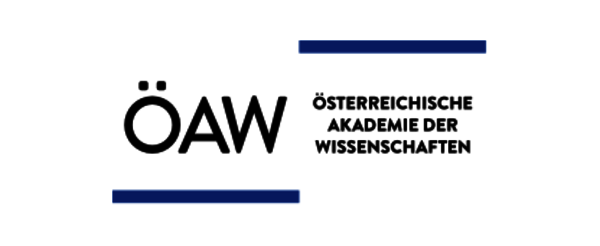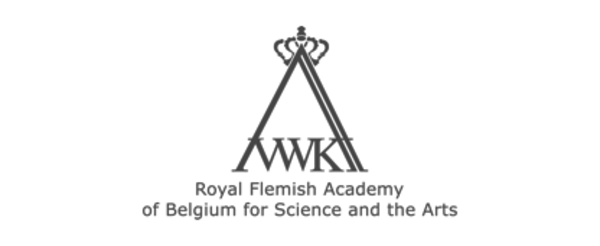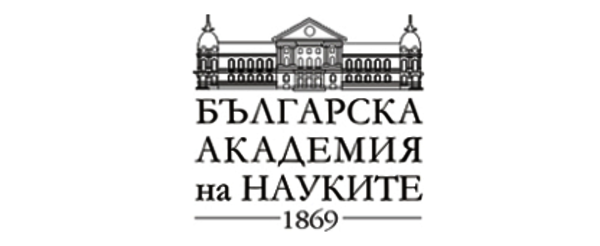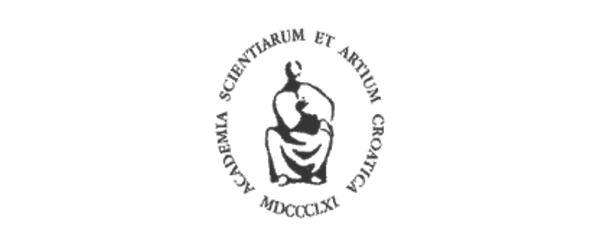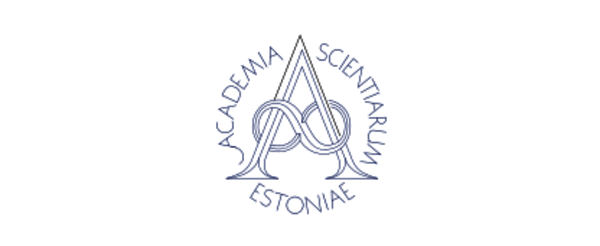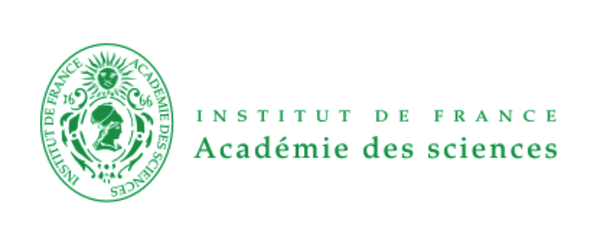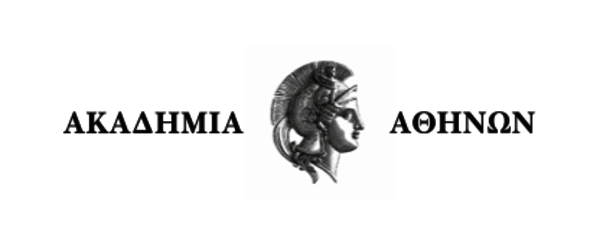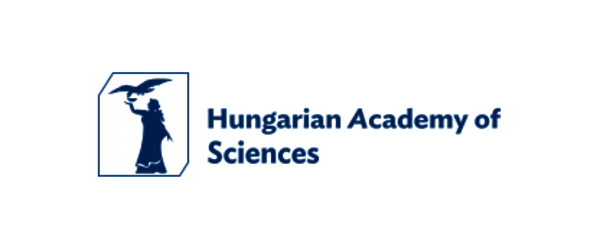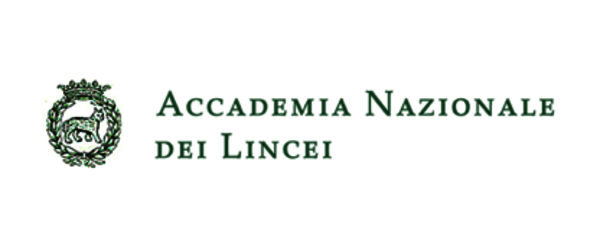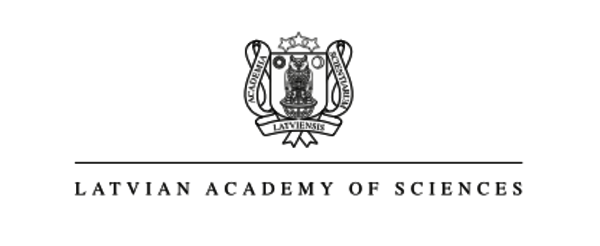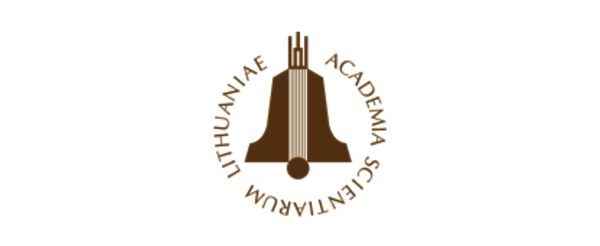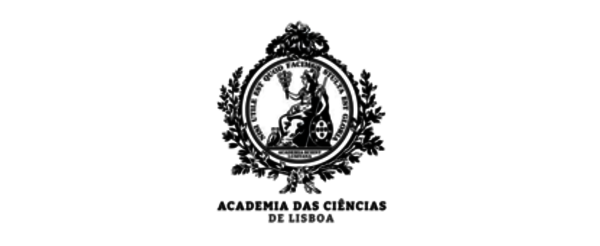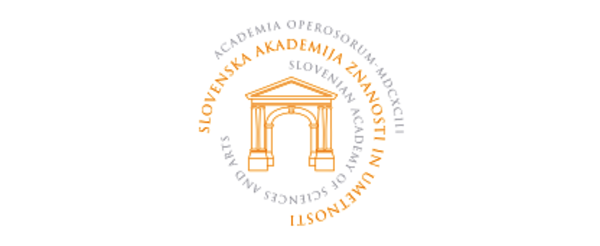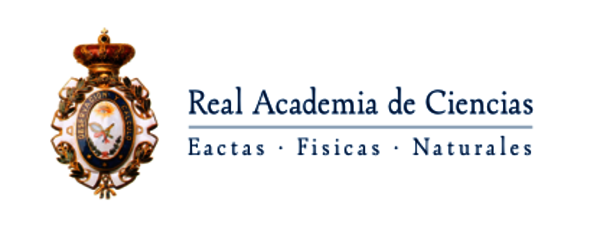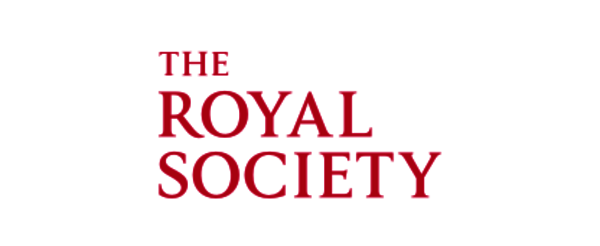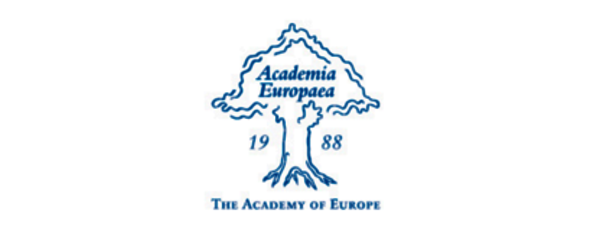Publications
What Europe should be doing about infectious diseases
"Infectious diseases create 10% of the burden of disease in Europe. They continue to represent a major and serious challenge and we remain vulnerable to future global threats. To tackle this challenge, Europe needs to create new effective partnerships for health between science, industry and policy-makers," says Volker ter Meulen, chairman of the Biosciences Steering Panel of the European Academies Science Advisory Council (EASAC).
EASAC is publishing a new report* on infectious diseases in Europe, to coincide with World Health Day (April 7). In response to the challenge posed by infectious diseases the report puts forward a series of policy initiatives which it recommends for adoption by the European Union.
EASAC, the European Academies Science Advisory Council, is formed by the National Science Academies of EU member states to give high-quality and independent science advice to the institutions of the EU. The report can be found on its website <link internal-link internal link in current>www.easac.eu
The challenges
Among the present and future problems identified in the report are:
- The growth of resistance to anti-microbial drugs. Up to 400,000 patients annually in Europe suffer from infections caused by bacteria resistant to multiple antibiotics. The global problem of increasing drug resistance is the focus of this year's World Health Day.
- Newly emerging threats. Several EU countries including Greece, Romania and Hungary have reported the transmission of the potentially lethal West Nile virus which is spread by mosquitoes. The virus is caught when the insect bites an infected bird and then a human. West Nile disease is a zoonosis, a condition that can be transmitted from animals to people. Zoonoses are a common source of newly emerging human disease. With temperature increases due to climate change the risk will be increased of more illnesses currently confined to warmer regions to spread into Europe.
- Another problem is the re-emergence of infections no longer regarded as a problem in parts of Europe. TB is an example of this phenomenon.
- Globalisation and increasing travel. Microbes do not respect frontiers, and the world's ten most internationally interconnected cities are all located within the EU. Disease that might once have taken weeks or months to spread across a continent can now do so in no more than the time it takes to fly to a new destination.
- The threat of bioterrorism. Although still a potential rather than an actual threat, without a Europe-wide and co-ordinated surveillance system that can identify novel or unexpected pathogens, a bioterrorist attack could go undetected until the consequent epidemic was well advanced.
The policies
Infectious disease cannot be tackled entirely at a local level. The EU therefore has an essential role to play in dealing with it, and to this end the report puts forward a large number of policy recommendations. Their common theme is the generation and use of new scientific knowledge and EASAC has identified several broad policy areas to which it gives priority.
- A wider and deeper understanding of disease patterns in Europe.
- Greater co-ordination of disease surveillance across the continent.
- Stronger support of the fundamental science that will underpin future efforts at dealing with infectious disease.
- The training of the next generation of scientists to do this work.
- A lowering of the barriers that inhibit innovation by industry.
The report offers a variety of specific proposals on what needs to be done. In the area of public health, for example, its suggestions include the introduction of new methodologies for detecting novel pathogens, the monitoring of high-risk groups within the population, and more coordination between public health and veterinary health.
To strengthen research in infectious disease it would like to see a streamlining of clinical research regulation, stronger links between different disciplines, and more training in those areas of microbiology that have suffered relative neglect.
In the policy-making arena it proposes that the EU be granted more responsibility to act on the results of disease surveillance information, and to harmonise immunisation strategies.
EASAC supports the priority that the European Commission's current health strategy gives to communicable disease, and its appreciation that new technologies have a major role to play. But future policy development must emphasise the need for more cooperation and greater flexibility in identifying and monitoring threats, and in tackling them through smarter diagnostics, better therapies and new vaccines. The implementation of health policies that will improve control and containment is also vital.
The wider picture
Many Europeans have come to view infectious disease as a continuing concern of developing countries, but now largely conquered in their own. Recent global epidemics of infections such as SARS (severe acute respiratory syndrome) and H1N1 influenza have begun to challenge this view.
A call for action to halt the spread of antimicrobial resistance is the theme of the World Health Organisation's 2011 World Health Day (April 7). The EASAC report, with its emphasis on the importance of antimicrobial drug resistance, is a timely reminder that the World Health Day theme is as relevant to Europe in particular as it is to the world in general.
* European Public Health and Innovation Policy for Infectious Disease:The View from EASAC - a new report on infectious disease in Europe, and how the EU should be responding to it.
back to overview
